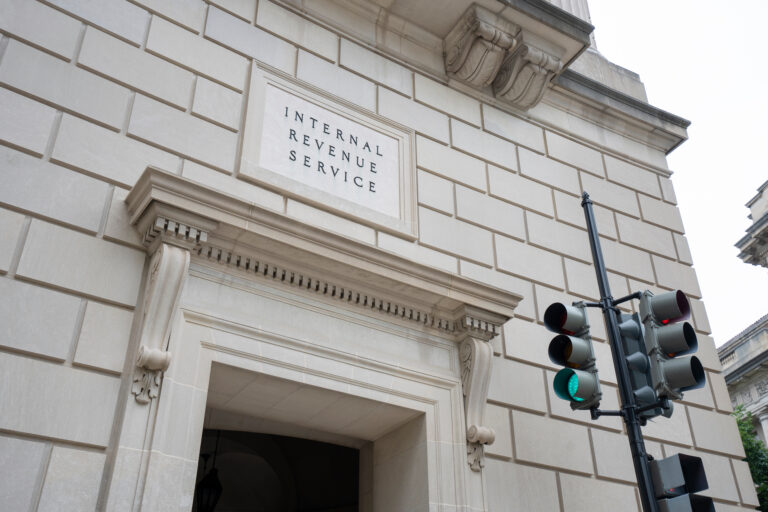The Internal Revenue Service (IRS) has announced and released the 2024 benefit and contribution limits for qualified retirement plans as of Wednesday, Nov. 1, 2023. Both limits were increased by $500 for contribution limits for Section 401(k) plans and any individual retirement arrangements (IRAs). All information can be found in Notice 2023-75.
What are the key highlights of Notice 2023-75?
According to the notice, individuals may now contribute up to $23,000 in 2024 to Section 401(k) plans, an increase from $22,500 in 2023. The increase also applies to Section 403(b) plans, most of Section 457 plans and the Thrift Savings Plan. Catch-up contributions for those 50 years of age and older participating in these plans will remain at $7,500 in 2024, meaning these individuals may actually contribute up to $30,500 in 2024.
For traditional and Roth IRAs, the amount has increased to $7,000, with the IRA catch-up contribution limit for those 50 years of age and older to remain at $1,000 for 2024.
For those who contribute to the SIMPLE plan, the contribution limit has increased from $15,500 to $16,000, with catch-up contributions to remain at $3,500 for 2024.
Additionally, the Notice included income range increases for 2024 to determine eligibility for individuals to make deductible contributions to traditional IRAs, contributions to Roth IRAs and claim the saver’s credit.
Phase-out ranges for traditional IRAs are as follows for 2024:
- The phase-out range for single taxpayers covered by a workplace retirement plan has increased to between $77,000 and $87000.
- For married couples filing jointly who have one spouse making IRA contributions and is also covered by a workplace retirement plan, the phase-out range has increased to $123,000 and $143,000.
- If an IRA contributor is not covered by a workplace retirement plan but is married to someone who does have coverage, the phase-out range has increased to between $230,000 and $240,000.
- Married individuals filing a separate return who are also covered by a workplace retirement plan, the phase-out range remains between $0 and $10,000, as it is not subject to annual cost-of-living adjustment.
Phase-out ranges for Roth IRAs are as follows for 2024:
- The phase-out range for single taxpayers and heads of households covered by a workplace retirement plan has increased to between $145,000 and $161,000.
- For married couples filing jointly, the phase-out range has increased to $230,000 and $240,000.
- For married individuals filing a separate return who also makes Roth IRA contributions, the phase-out range remains between $0 and $10,000, as it is not subject to annual cost-of-living adjustment.
Also, the income limit for the saver’s credit, or retirement savings contributions credit, for any low-and moderate-income works increased to $76,500 for married couples filing jointly, $57,375 for heads of households and $38,250 for singles and married individuals filing separately.
For questions or more information about how the recent adjustments affect your retirement contribution limits, contact your Windham Brannon advisor today, or reach out to Gary Gruner and Anne Morris.



